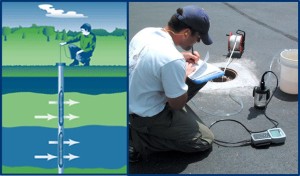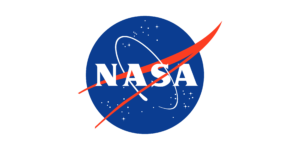Environmental Cleanup and Restoration at Langley
NASA LaRC takes great care in avoiding the release of any chemicals or harmful substances into the environment. While these events are rare, LaRC is prepared to address them. When these events do occur, cleanups are prioritized to ensure that the highest priority liabilities are addressed first in order to protect human health and the environment, and to preserve natural resources for future missions.
Environmental cleanup and restoration supports NASA’s mission, by
- Ensuring public and employees are not exposed to chemicals released from past activities.
- Restoring impacted natural resources for current and future missions.
- Preserving NASA’s reputation as a “good neighbor” so that NASA activities will continue to enjoy strong public support.
- Reducing the Agency’s unfunded environmental liability so that future funding may go toward Mission requirements.
- Addressing changing regulatory requirements and advances in scientific information to ensure chemical risk management decisions remain based on sound science and support mission activities.
- Working with stakeholders, such as environmental groups, tribes, State and local government agencies, and industry, to identify common goals concerning cleanup of hazardous substances and restoration of natural resources.
- Maintaining effective communication with policy and regulatory authorities.
- Advancing partnerships and environmental stewardship.
- Ensuring environmental statutory and regulatory compliance.
History
The Comprehensive Environmental Response, Compensation, and Liability Act (CERCLA), commonly known as Superfund, was enacted by Congress on December 11, 1980. This law provided broad Federal authority to respond directly to releases or threatened releases of hazardous substances that may endanger public health or the environment. CERCLA:
- established prohibitions and requirements concerning closed and abandoned hazardous waste sites;
- provided for liability of persons responsible for releases of hazardous waste at these sites; and
- established a trust fund to provide for cleanup when no responsible party could be identified.
The law authorizes Long-term remedial response actions, that permanently and significantly reduce the dangers associated with releases or threats of releases of hazardous substances that are serious, but not immediately life threatening. These actions can be conducted only at sites listed on Environmental Protection Agency (EPA)’s National Priorities List (NPL). In the late 1980s, the EPA conducted a site analysis of NASA LaRC and identified seven potentially contaminated sites to be listed on the EPA’s NPL. There were also 7 additional sites identified by an EPA site analysis in 1991. Remedy decisions have been completed, signed, and implemented for all of the identified sites.

Groundwater sampling tests for detection of harmful chemicals and metals in the groundwater. All groundwater samplers or sampling methodologies attempt to collect a well-water sample which is representative of the groundwater adjacent to the well.
LaRC has several sites that require Long Term Monitoring to help ensure the effectiveness of the remedies implemented. These sites are Construction Debris Landfill, Stratton Substation, and Area E Warehouse.
Contact LaRC’s Restoration Program Manager (Kristi Francisco) for more information.

